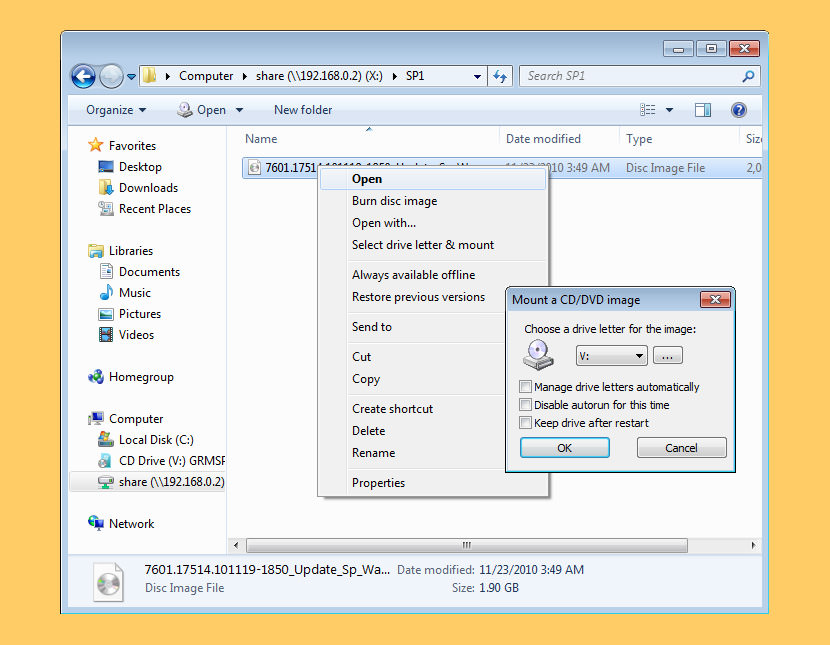Disk Image Mounter For Mac
To define the default signature for an email account in Mac OS X Mail, open the Mail application. Then: Select Mail > Preferences from the menu bar or press Command +, (comma) to open the Mail preferences window. To create a signature in Mail, select Preferences from the Mail menu. In the Mail Preferences window, click the Signatures icon. If you have more than one email account, select the account for which you want to create a signature. (Optional) If you have multiple signatures, click the Choose Signature pop-up menu. Here you can choose which one you want to use or to use them all randomly or in sequence. If you prefer the signature to appear above the quoted text in a reply, select the Place Signature above Quoted Text check box. In the Mail app on your Mac, choose Mail > Preferences, then click Signatures. In the left column, select the email account where you want to use the signature. If All Signatures is selected when you create a signature, you’ll need to drag the new signature to an email account before you can use it. How to use signature in mail.
You can use the, which should be in MacPorts (alternatives are: bin2iso and isodump), to convert that.bin/.cue pair to.iso, and then mount ISO file. With bchunk, the command (run in console) would be bchunk image.bin image.cue image.iso There's also ccd2iso, but I believe it doesn't support.bin files - only.img.
On a Mac, double-clicking common disc image formats will mount them. This is why you can simply double-click a downloaded.DMG file to access its contents and install Mac applications, for example. The DiskImageMounter application that handles this can.

Further, I'll be talking from a Linux perspective, but as long as Mac is a FreeBSD derivative, it may work. You may want to use the console mount command (run man mount to read the manual) together with cdfs. These will require lots of manuals reading and console love, and success will depend on what kind of kernel Macs use.
Disk Image Mounter Mac Os
Only try this as a last, really-desperate method.
Disk Image Mounter App Mac
Disc images are digital copies of physical disks, stored on a hard drive. Summa winplot for mac. They come in a variety of formats, with the more common including ISO, DMG, and VCD files. Some programs create these image files as backups, to recreate a physical disc later, but virtual disk drives can mount a drive image on a system and use it as if it were a physical copy.
Mac Mount Disk
Disk Utility, included with Mac OS X, can mount disk images. Windows users can download Daemon-Tools or Virtual CloneDrive to access these features.